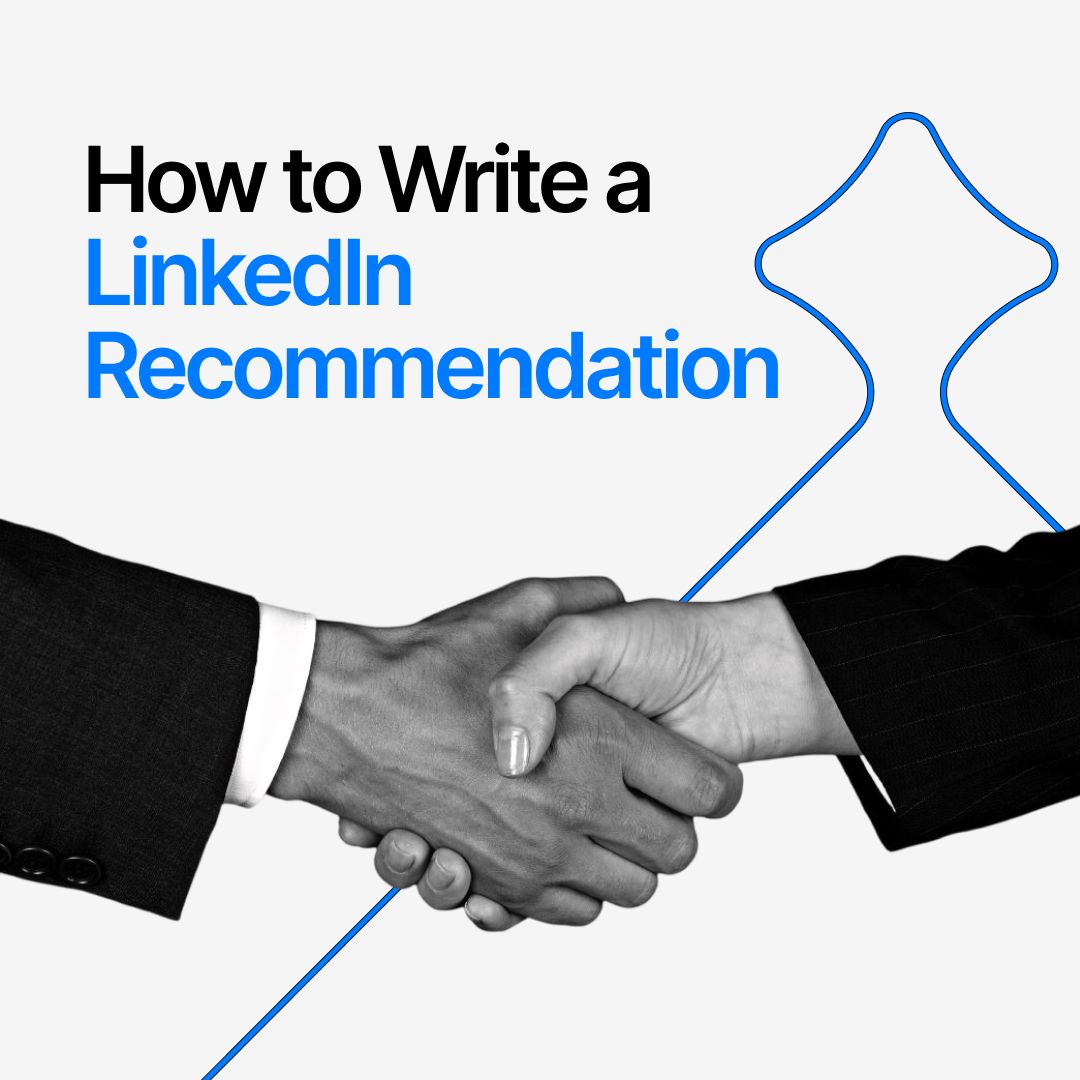How to Write a Strong Reference Letter
A single page can influence a life-changing decision. Employers, universities, and professional boards often rely on reference letters when deciding who to admit, hire, or trust. These letters are not filler paperwork. They are testimonials, written proof that someone’s skills and character deserve recognition.
Strong reference letters go beyond kind words. They tell a story about reliability, competence, and potential. Weak ones, filled with clichés or vague praise, fade into the background. The difference can determine whether a candidate stands out or gets overlooked.
This guide explains what a reference letter is, the different forms it takes, the elements that make one effective, and practical steps for writing with impact.
What is a Reference Letter?
A reference letter is a written endorsement that describes a person’s abilities, achievements, or character. It offers decision-makers an outside perspective, confirming what resumes and applications cannot show.
Many confuse reference letters with recommendation letters, but the two carry different weight. A recommendation is usually more formal, tailored to a specific role or program, and written in detail to persuade. A reference letter can be broader, highlighting general qualities and credibility across settings. Both matter, yet they serve slightly different purposes.
These letters appear across contexts. Managers provide references for former employees. Professors write for students applying to graduate school. Community leaders vouch for volunteers. Even licensing boards or immigration offices request them. In every case, the goal is the same: to support a candidate’s next step with evidence and trust.
Types of Reference Letters
Reference letters vary depending on who writes them and the situation they address. Each type carries its own tone, structure, and focus. Knowing the differences helps tailor the content so it feels both relevant and persuasive.
Professional Reference Letters
Employers or colleagues often provide these. They highlight workplace skills, reliability, and contributions to projects. A hiring manager might want confirmation that a candidate met deadlines, solved problems, or worked well in a team. Concrete examples give these letters credibility.
Academic Reference Letters
Students lean on professors, mentors, or advisors to vouch for academic ability. These letters emphasize intellectual curiosity, research skills, or leadership in extracurricular activities. Graduate schools and scholarship committees weigh them heavily because they reveal how a student might perform in advanced studies.
Character Reference Letters
Not every endorsement needs to focus on grades or job performance. Sometimes decision-makers want to know about integrity, compassion, or responsibility. Friends, mentors, or community leaders often write these. They work well in legal matters, volunteer opportunities, or roles requiring trustworthiness.
Specialized Reference Letters
Certain situations call for niche endorsements. Licensing boards may ask for professional references before granting certification. Immigration processes sometimes require letters of support from respected figures. Volunteer organizations request endorsements to confirm commitment and reliability. Each is targeted, specific, and tied directly to the opportunity at hand.
Key Elements of a Strong Reference Letter
A reference letter is persuasive only when it balances detail with sincerity. Readers look for clarity, relevance, and a genuine sense of the person being described. Certain elements appear in every strong example.
Relationship to the Candidate
The first lines should explain who the writer is and how they know the candidate. Without this context, the letter loses weight. A supervisor of three years has more authority than a casual acquaintance, and the relationship must be transparent.
Specific Skills and Achievements
General praise carries little impact. Statements such as “hard worker” or “good student” mean little without proof. Concrete examples bring credibility. A letter that describes how an employee increased sales or how a student completed a difficult research project feels believable.
Personal Qualities
Character traits add depth beyond professional accomplishments. Employers and schools often look for reliability, integrity, adaptability, or compassion. Including these qualities shows that the candidate is not only skilled but also trustworthy and dependable.
Alignment With the Opportunity
A strong letter connects the candidate’s abilities with the role or program they seek. Highlighting qualities relevant to that specific opportunity ensures the endorsement feels purposeful rather than generic.
A Confident Closing
The conclusion should restate support clearly. Phrases such as “I strongly recommend” or “I am confident in their success” leave no room for doubt. A half-hearted closing weakens everything that came before it.
How to Write a Strong Reference Letter
The act of writing begins before a single word is placed on the page. A thoughtful letter grows out of preparation, structure, and revision. Skipping these steps often produces something vague or forgettable.
Understand the Purpose
Every request comes with a reason. Some candidates apply for jobs, others pursue graduate study, and a few need endorsements for legal or licensing purposes. Knowing the purpose shapes tone, length, and the qualities emphasized.
Gather Background Information
Writers should not rely on memory alone. Asking the candidate for a resume, transcripts, or a list of achievements helps. Context ensures the details are accurate and relevant. It also prevents the letter from sounding generic.
Follow a Clear Structure
A professional letter usually follows a three-part design. Begin with an introduction that identifies the writer and their relationship with the candidate. Continue with a body that outlines strengths, achievements, and personal qualities. End with a conclusion that reinforces support and provides contact information.
Write With Clarity and Sincerity
Long sentences stuffed with formal jargon rarely impress. Plain language, delivered with confidence, feels stronger. Sincerity matters as much as style. If the writer cannot speak truthfully, the endorsement rings hollow.
Revise and Edit Carefully
A letter full of typos or awkward phrasing reflects poorly on both writer and candidate. Reading aloud often reveals problems the eye misses. A final review ensures that tone remains professional and that every sentence contributes to the endorsement.
Practical Tips for Effective Reference Letters
A letter may follow the right structure yet still fall flat. The details and delivery separate an average endorsement from one that actually influences a decision.
Keep It Focused
Decision-makers read dozens of letters. Concise writing that avoids repetition earns more respect than long paragraphs filled with vague praise. One page is usually enough.
Use Real Examples
Specific stories carry more weight than adjectives alone. Stating that someone is dependable works better when supported by an example of consistent performance under pressure.
Match Tone to Context
An academic committee expects formal writing, while a volunteer organization values warmth and sincerity. Adjusting tone shows awareness of the audience and increases credibility.
Avoid Overstatement
Exaggerated claims damage trust. A candidate does not need to be described as flawless. Balanced praise, grounded in truth, convinces more effectively than unrealistic superlatives.
Proofread With Care
Even small mistakes distract from the message. Errors suggest haste, which undermines the strength of the recommendation. Reading the letter aloud often reveals issues missed on the first pass.
How Can Chatly Help You Write a Reference Letter?
Writing a reference letter often feels harder than expected. You know the person well, but capturing their strengths in the right tone takes precision. Chatly simplifies this with its built-in AI Chat and AI Search features.
- AI Chat for Drafting: Start with a candidate’s details, and Chatly generates a draft that follows the right structure — introduction, achievements, and closing — tailored to professional, academic, or character references.
- AI Search for Examples: Explore real-world reference letter samples, find phrasing ideas, and pull in credible examples of how to highlight achievements effectively.
- Tone Adjustments: Shift the draft into formal, warm, or concise styles with a quick prompt, ensuring the letter matches its purpose.
- Editing Assistance: Use AI Chat again to trim vague praise, polish grammar, and strengthen phrasing so every sentence adds weight.
By combining fast drafting with contextual research, Chatly turns a stressful task into a confident, polished letter that stands out.
Conclusion
A reference letter carries weight far beyond its length. Employers, admissions teams, and organizations often read between the lines to decide if a candidate is worth trusting. Every sentence has the power to strengthen or weaken that impression.
The most effective letters are built on clarity, relevance, and authenticity. They introduce the relationship, present real examples, and close with confident support. When written with care, they become more than endorsements. They act as stepping stones, helping candidates reach the next stage of their careers or education.
Writing one is both a responsibility and a privilege. It requires honesty, attention to detail, and an understanding that your words may influence a pivotal decision in someone else’s life.
Frequently Asked Questions
If you want to write a strong reference letter and have questions, here are some of the most common ones.
More topics you may like

11 Best ChatGPT Alternatives (Free & Paid) to Try in 2025 – Compare Top AI Chat Tools

Muhammad Bin Habib

24/7 Customer Support with AI Chat: Benefits, Examples and More

Muhammad Bin Habib

28 Best AI Tools for Students in 2025 – The Complete AI-Powered Academic Success Guide

Muhammad Bin Habib

Best AI Writing Tools That You Can Use in 2025 (Free & Paid)

Muhammad Bin Habib

How to Write a LinkedIn Recommendation in 2025

Muhammad Bin Habib
